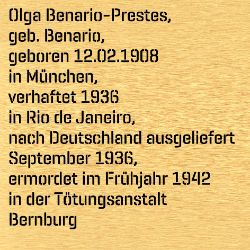Edith Sundheimer was born in Munich on August 28, 1912, the daughter of Max Meier Sundheimer and his wife Martha. Until 1930, her father ran a wool, lace and ladies’ fashion firm in Neuhauser Strasse. Edith grew up with her younger sister Ilse. While she was at school at the present-day Luisengymnasium high school from May 1922 to March 1929, she earned especially good marks in scientific subjects.
With the Nazi seizure of power, Edith Sundheimer’s life changed fundamentally. To prepare herself for emigration to Palestine and life in a kibbutz, she went to the hakhshara (“preparation”) in 1935 in Gut Winkel near the Spreewald forest in Brandenburg. Together with other Jews, she gained domestic and agricultural skills, learned Hebrew and studied the history and geography of Palestine and the history of Judaism and celebrated Jewish holidays. It was during this period that she met her future husband, Paul Semler. The couple married on Edith Sundheimer’s 24th birthday, August 28, 1936. Their eldest son, Rudolf Michael was born in Eberswalde on February 27, 1937, followed on July 18, 1938 by their daughter Doris and their son Judis on July 16 1939. Finally, their son Jona was born in Berlin on August 17, 1941. Despite their thorough preparations, Edith Semler, her husband and their children were not able to emigrate to Palestine. On January 12, 1943, the Gestapo (secret state police) deported them from Berlin with some 1,200 other Jewish women, men and children to the Auschwitz concentration and extermination camp. The SS murdered Edith Semler and her four young children Rudolf, Doris, Judis and Jona in the gas chambers a day after the arrival of their train. Paul Semler was deported to Buchenwald concentration camp and probably murdered there.
Edith Semler’s parents did not survive the Shoah either. Her father, Max Sundheimer, died in 1941 in the internment camp for Jews in Berg am Laim. On July 13 1943, her mother, Martha Sundheimer, was deported on a “penal transport” from Munich either to Auschwitz or to the Warsaw ghetto and murdered there. Only Edith Semler’s sister Ilse escaped Nazi persecution and in 1999 she dedicated a Page of Testimony to her family in Yad Vashem. In 2021, “Stolpersteine” (“stumbling stones”) were laid outside Bleibtreustrasse 33 in Berlin for Edith Semler, her husband and her children. (Text: Barbara Hutzelmann; editor: C. Fritsche; translation: C. Hales)






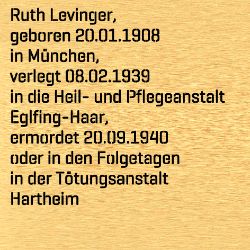
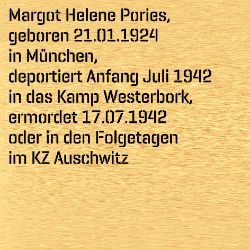
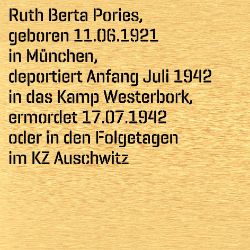
-Jochsberger_image.jpg/jcr:content/EZ_BILD_15567.jpg)
-Tockus_image.jpg/jcr:content/EZ_BILD_15583.jpg)
-Krochmal_image.jpg/jcr:content/EZ_BILD_15588.jpg)
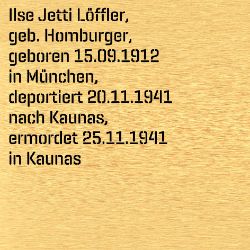
-Pindrik_image.jpg/jcr:content/EZ_BILD_14722.jpg)

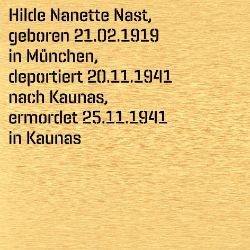
-Gutmann_image.jpg/jcr:content/EZ_BILD_14717.jpg)
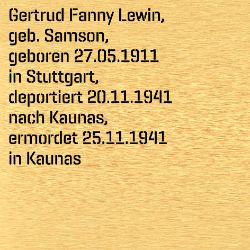
-Friedmann_image.jpg/jcr:content/EZ_BILD_15560.jpg)
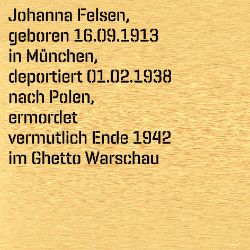

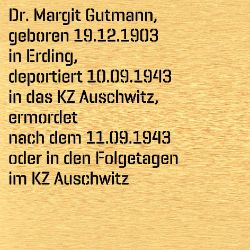
_image.jpg/jcr:content/EZ_BILD_15570.jpg)
